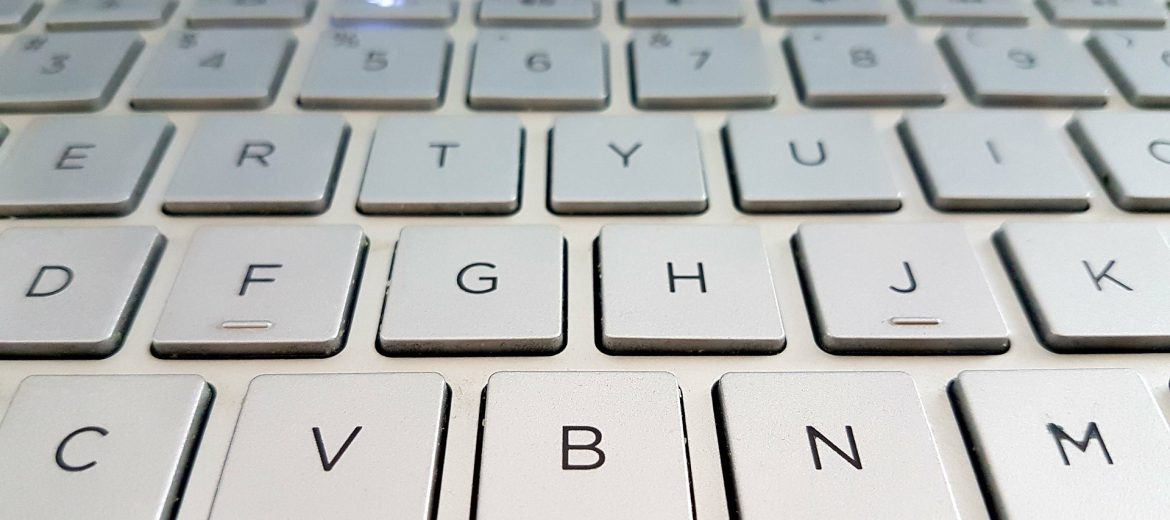How To Screenshot On hp Laptop
A screenshot is a quick and easy technique to capture an image of whatever is on your laptop screen in today’s digital world. A screenshot is a digital image of your screen that you may save, alter, and share whenever you want. Screenshots are often used for a variety of purposes, including documentation, information sharing, troubleshooting, and presentation.
Capturing a screenshot on a laptop is a necessary skill for everyone who spends any amount of time on their computer.
Screenshots can be used to save a visual depiction of a certain moment or to capture critical information. They’re also useful for diagnosing computer problems or speaking with others about a specific issue.
In this blog post, we’ll look at the various techniques for taking a screenshot on a laptop, such as keyboard shortcuts, Windows Snipping Tool, and third-party apps.
We’ll also go over how to save and use screenshots after you’ve taken them, as well as the advantages of learning how to take a screenshot on a laptop.


Well, let’s get this party started!
Using Keyboard Shortcuts
Using keyboard shortcuts to snap a screenshot on a laptop is a popular and simple way. Most laptops provide keyboard shortcuts that make taking screenshots quick and simple. The following are the two most commonly used keyboard shortcuts for taking screenshots:
1. Full-Screen Screenshot: Use the “Windows key + PrtSc” (Print Screen) button on your keyboard to take a full-screen screenshot. This will save an image of the entire screen to your clipboard.

2. To capture a partial screenshot, press the “Windows Key + Shift + S” keys on your keyboard. This will launch the Snipping Tool, which allows you to capture a specified section of your screen. The screenshot will be saved to your clipboard once you’ve picked the region.

Making Use of the Windows Snipping Tool
Windows Snipping Tool is a screen capture utility that comes standard with all versions of Windows. It is more flexible than keyboard shortcuts since it allows you to record only the sections of the screen that you desire.
Here’s how to put it to use:
1. To get the Snipping Tool, go to the Windows Start menu and type “Snipping Tool” into the search box. To open the app, click on it.
2. Using the Snipping Tool to Take a Screenshot: Once the Snipping Tool is open, click the “New” button to begin the snipping process. You can then choose the sort of snip you want (rectangular, free-form, or window snip) and the region of your screen you want to capture. The snapshot will be copied to your clipboard once you’ve made your pick.

Using Third-Party Apps
Third-party apps with more advanced screen capture tools than the built-in alternatives are available. Here are two popular alternatives:
1. Snagit: Snagit is a paid screen capture program that lets you take screenshots and record video. It has a lot of capabilities, such the ability to add annotations, blur out important information, and save screenshots in several formats.
2. Lightshot: Lightshot is a free screen capture program with functionality comparable to Snagit. It lets you take screenshots, annotate them, and save them in a variety of formats. Moreover, Lightshot has an image editor that allows you to alter screenshots before storing them.

Saving and Using the Screenshot
When you’ve taken a screenshot, you should save it and possibly use it for other purposes. Here are the two most frequent methods for saving and using screenshots:
Saving the Screenshot
1. To save a screenshot to a folder, open an image editor (such as Paint or Photoshop), paste the screenshot from your clipboard, and save the image as a file.
2. Saving to Clipboard: Certain screen capture applications, such as Snagit and Lightshot, allow you to save screenshots directly to your clipboard, allowing you to paste them into an image editor or other application.


Making Use of the Screenshot
1. Inserting Screenshots into Documents: To give visual assistance or support for material, screenshots can be simply added into documents (such as Word documents or PowerPoint presentations).
2. Screenshots can also be published to the internet (for example, on social networking or image hosting services) to share information or for online documentation.
Conclusion
Capturing a snapshot on a laptop is a valuable skill that may be applied in a variety of scenarios. There are various methods for capturing a snapshot of your screen, whether you’re debugging a computer problem or documenting crucial information.
You may simply snap and save screenshots by using keyboard shortcuts, the Windows Snipping Tool, or third-party programs.
You Might Like:
- Discover The Top 13 Essential Networking Applications For Sales Professionals
- Top 5 Artificial Intelligence Sales Software Solutions That Will help you succeed in 2023
- Top AI Image Generators That Can Enhance Your Marketing Approach In 2023
- Secure Your Business Operations with Advanced IT Consulting Managed Services




Leave A Comment